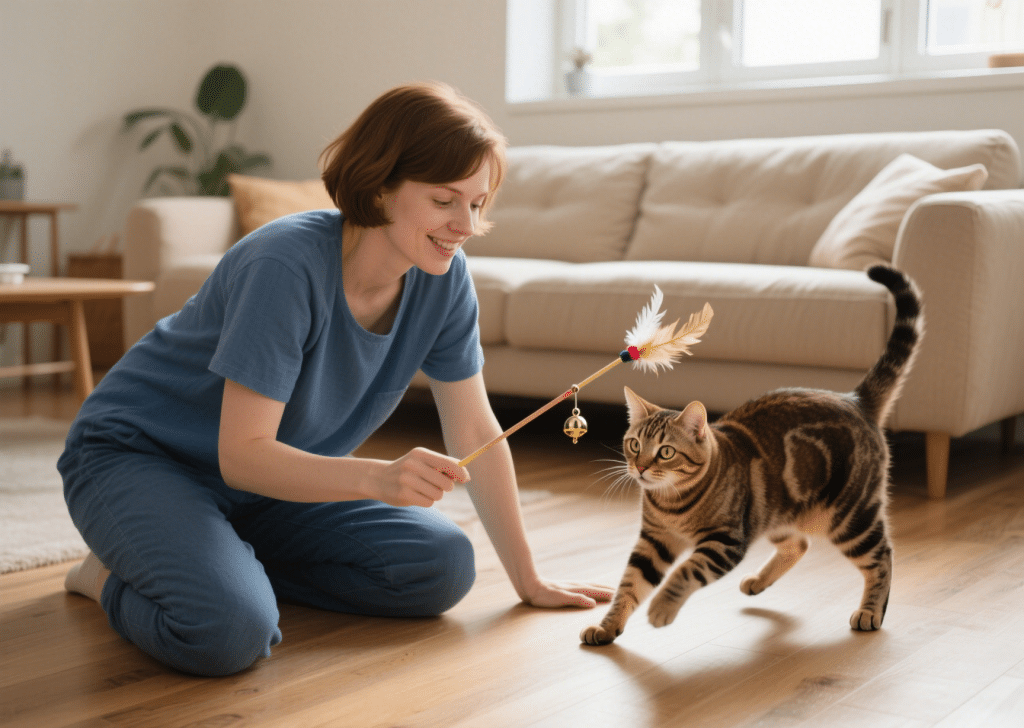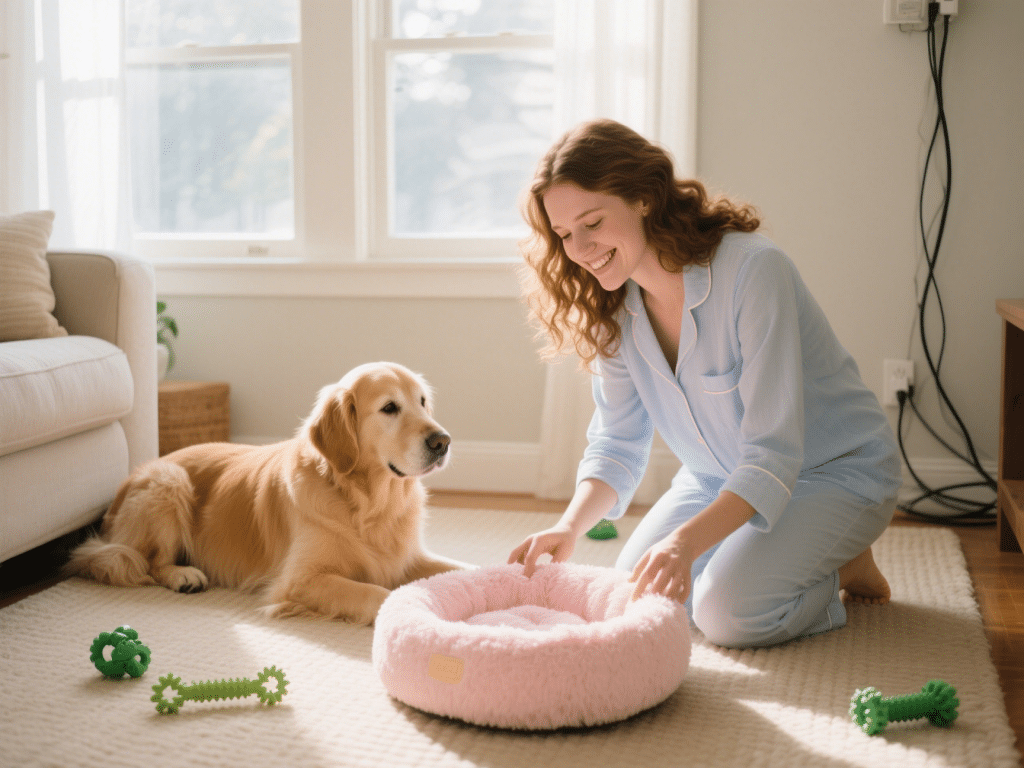Explore more:
- Small Pets
- Hamsters
Hamsters are born to run and providing them with a safe hamster wheel (also known as running wheels) gives them the opportunity to do just that. In the wild, hamsters will travel several miles each night in search of food. Some hamsters in captivity have been reported to run up to eight kilometers a night on their hamster wheels, making them a necessity for all hamsters.
The best kind of hamster wheel has a solid surface that either attaches to the side of the cage or comes on a stand. These wheels are typically plastic and may be flat or shaped like half of a tube. Solid surface wheels are better than wire wheels because little feet and legs can get injured between the wires, plus they are easier to clean than the metal options.
Hamsters are nocturnal so they will be using their wheels quite a bit at night while you try to sleep. Some brands are marketed as being quieter than others. If you get a squeaky wheel, just place a few drops of vegetable oil where the wheel spins.
The size of your hamster wheel depends on the size of your full-grown hamster. Your hamster should be able to run in the wheel without its back arching too much (if at all), but if the wheel is too big, your hamster will have a difficult time actually running and moving the wheel. If given a choice, a hamster will choose a larger wheel over a smaller wheel, with a 14-inch diameter wheel being a favorite size according to some preference tests.
The following wheels expand your hamsters modular home by attaching externally. However, these wheels have the same problems as plastic modular cages—they are poorly ventilated (so your hamster could potentially overheat) and are difficult to clean. Most people will have to completely disassemble the cage on a regular basis or use baby bottle brushes to clean these wheels and the rest of the tubes in the cage.
Hamster balls for exercise outside of the cage are popular options for pet hamsters but they should not be considered a substitute for a hamster wheel. These are available as a simple ball, a wheel shape that propels a car frame, and other novelty shapes. There is also a track system that you can set up to keep your hamster's movements contained. Be careful not to leave a hamster in one of these balls for too long or they may overheat (15 to 20 minutes at a time is plenty) and get messy if they urinate and/or defecate in them. Also, be sure to never use them around stairs.

As an experienced feline health specialist and long-time blogger, I understand how devasta...

Cats instinctively seek hidden, enclosed spaces to feel safe. However, prolonged or excess...

IntroductionLong-haired dog breeds—such as Afghan Hounds, Shih Tzus, and Yorkshire Terri...

IntroductionWalking your dog provides physical exercise, mental stimulation, and bonding t...

IntroductionTeaching tricks to your dog not only enhances mental stimulation but also stre...

Why Video Training Works for DogsVisual learning accelerates trick acquisition by 40% comp...

Choosing Doggy Daycare vs. Dog Walking Services: What’s Best for Your PupSelecting the r...

IntroductionIndoor cats often lack the mental and physical stimulation they would naturall...

How to Create a Safe and Comfortable Home for Your PetWelcoming a pet into your home is a ...
Comments on "The Different Types of Hamster Wheels" :